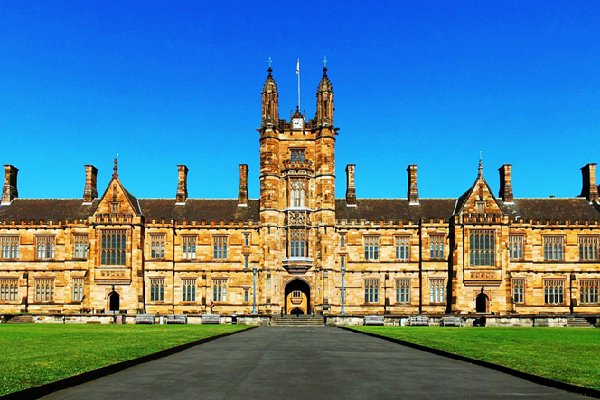Devastating Impact: Black Summer Bushfires Cause $2.8 Billion Loss in Tourism Supply Chains
A first of its kind study of the 2019-2020 ‘Black Summer’ bushfires in Australia has revealed that the tourism industry nationwide took an immediate hit of $2.8 billion in total output to its broader supply chains and almost 7300 jobs disappearing nationwide.
The fires four years ago triggered widespread tourism shutdowns in many parts of the country in the lead up to the peak Christmas and New Year season, resulting in $1.7 billion direct losses to the tourism industry, which triggered the larger drop in supply chain output.
“These results are an illustration of what can be expected in the future not only in Australia, but in other nations that are vulnerable to climate-change driven disasters,” said Vivienne Reiner, a PhD student with the Centre for Integrated Sustainability Analysis in the Faculty of Science and lead author of the study, published in Economics of Disasters and Climate Change.

“It’s important to note that our study, which measured tourism’s losses through Australian supply chains, did not quantify other economic costs, such as the supply-chain impacts of losses from agriculture or forestry, which were also substantially impacted by the fires,” said Ms Reiner also of the Sydney Envirionment Institute.
While the fires had the biggest impact on Australia’s east coast, the impact from tourism losses was national and felt across the economy, the researchers found.
“Tourism is a vital Australian industry. Before the fires that started in 2019, statistics showed that in rural areas 8 percent, or almost one in 12 people, were employed in jobs connected to the tourism industry,” Ms Reiner said. “As well, tourism is a top export, with travel services responsible for more export income than natural gas in 2018-19.1”
Associate Professor Arunima Malik, a co-author who heads the Centre for Integrated Sustainability Analysis and is also affiliated with the Business School, said: “With bushfires increasing compared to other natural disasters and expected to intensify due to climate change, it is important for countries such as Australia to quantify their economic impact as part of routine practice, including supply-chain spillovers.”
Co-author Professor Manfred Lenzen, also with ISA in the School of Physics, said: “Although the losses we calculated only represented a small fraction of the nation’s economic output, Australia’s reputation as a pristine destination could become permanently damaged under global warming, with fewer people travelling within and to Australia in our peak holiday season.”
The research showed varied impact nationwide across the supply chain, including in job losses:
New South Wales: 3171 jobs
Victoria: 1430 jobs
Queensland: 1499 jobs
South Australia: 516 jobs
Western Australia: 479 jobs
Tasmania: 13 jobs
Australian Capital Territory: 110 jobs
Northern Territory: 75 jobs.
The researchers warn that the Australian economy could face further losses as the effects from climate change increase.
Ms Reiner said: “As part of the Asia Pacific – the world’s most disaster-prone region – Australian tourism has a lot to gain from climate-change mitigation. In terms of responses, studies such as ours also help indicate hotspots in supply chains where rebuilding may be required in communities and industries.
“By including the entire supply chain in our research, using input-output analysis, we calculated total output losses of $2.8 billion, which is a 61 percent increase on direct damages identified.”
1 ‘Education-related travel services’ plus ‘Personal travel (excl education) travel services’. Department of Foreign Affairs and Trade, 2020 Note: Tourism is broadly defined including by the Australian Bureau of Statistics as encompassing travellers’ activities in a place, other than their usual environment, for less than one year.
Research
‘Wish you were here? The economic impact of the tourism shutdown from Australia’s 2019-20 Black summer bushfires’, Reiner, V. et al. (Economics of Disaster and Climate Change) DOI: 10.1007/s41885-024-00142-8
The study was a collaboration between the University of Sydney and University of Queensland.

